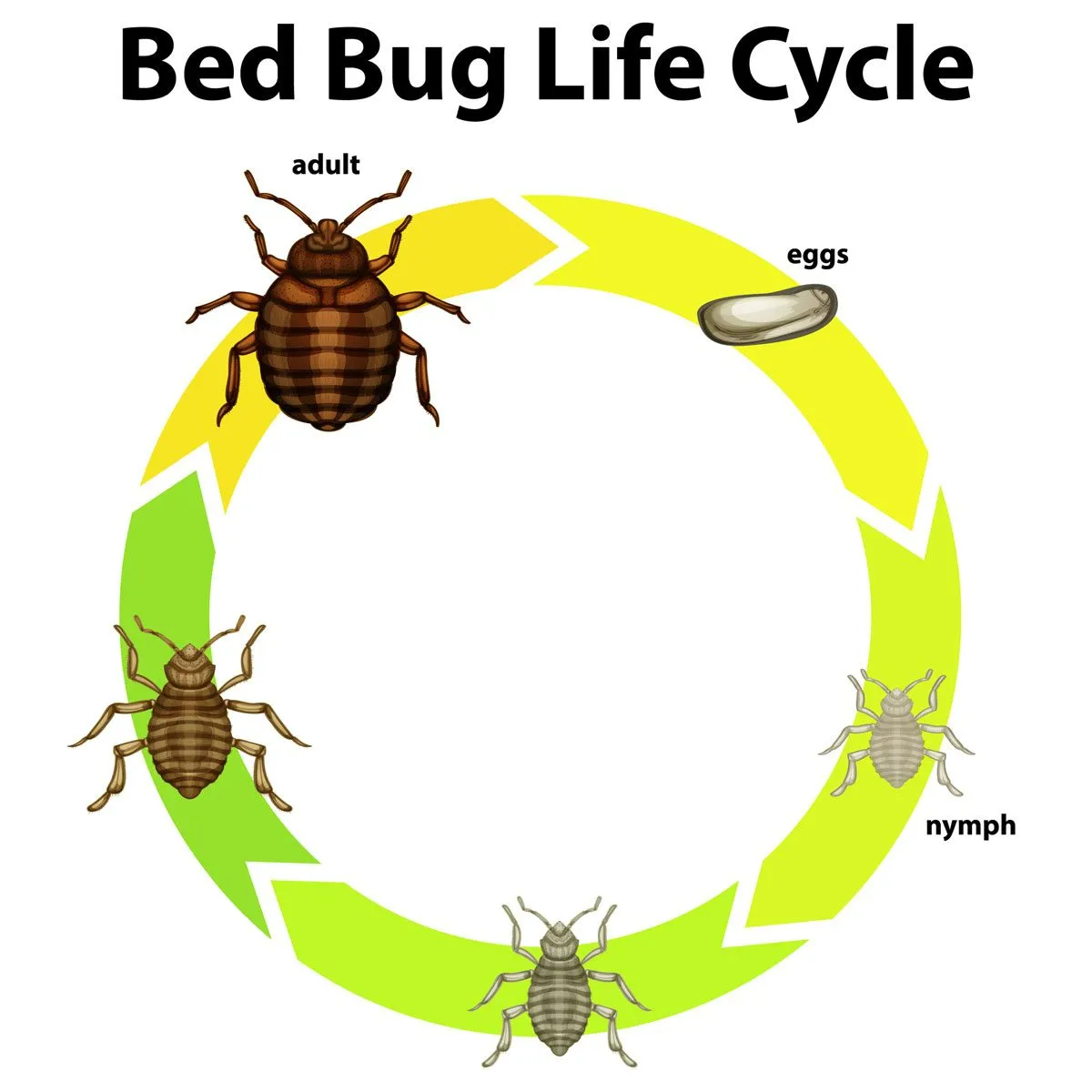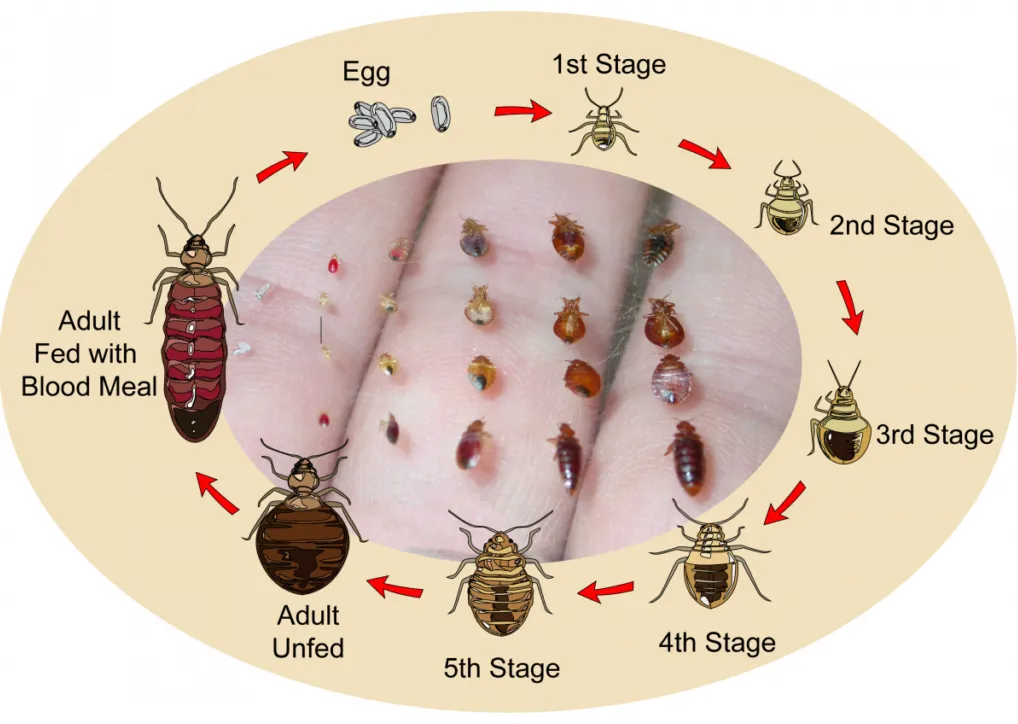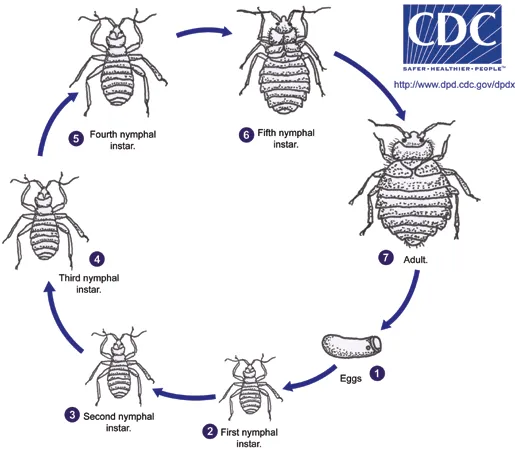Introduction
The intricate and captivating world of bugs is truly a marvel to behold. From the tiny ants that scurry across the ground to the majestic butterflies that grace our gardens, these incredible creatures are an integral part of the delicate balance of our ecosystem. At the heart of their existence lies the bug life cycle, a complex and fascinating process that has captured the imagination of scientists and nature enthusiasts alike.
Understanding the Bug Life Cycle

The Egg Stage
The life cycle of a bug begins with the egg, a small and often inconspicuous vessel that holds the promise of a new generation. Depending on the species, these eggs can take on a variety of shapes and sizes, from the tiny, spherical eggs of aphids to the elongated, oval-shaped eggs of butterflies. The conditions required for successful egg development vary greatly, with some species requiring specific temperatures, humidity levels, or even the presence of certain host plants.
The Hatching Process
The hatching process is a critical moment in the bug’s life cycle, as the delicate young emerge from their protective shell. This event is often triggered by environmental cues, such as changes in temperature or the availability of food sources. The time it takes for the eggs to hatch can range from a few days to several months, depending on the species.
Factors Affecting Egg Survival
The survival of bug eggs is dependent on a range of factors, including predation, environmental conditions, and the availability of suitable resources. Insects have evolved a variety of strategies to ensure the successful development of their offspring, such as camouflage, the production of chemical deterrents, and the placement of eggs in protected locations.
The Larval Stage
Once the eggs have hatched, the bug enters the larval stage, a phase marked by rapid growth and development. Larvae come in a wide variety of forms, from the familiar caterpillars of butterflies and moths to the legless grubs of beetles and flies. During this stage, the bug’s primary focus is on feeding and gaining the necessary energy and resources to progress to the next stage of its life cycle.
Feeding Habits of Larvae
The feeding habits of larvae can vary significantly depending on the species. Some larvae are herbivores, feeding on plants and foliage, while others are predators, hunting and consuming other insects or small animals. Understanding the specific dietary requirements of a bug’s larval stage is crucial for its successful development and survival.
Molting and Growth
As the larva grows, it must shed its exoskeleton, a process known as molting. This allows the bug to expand and accommodate its increasing size. The number of molts can vary greatly, with some species undergoing as many as ten or more before reaching adulthood.
Adaptations and Survival Strategies
Larvae have developed a wide range of adaptations and survival strategies to protect themselves from predators and environmental threats. These can include the production of toxic chemicals, the development of camouflage patterns, and the ability to hide in safe havens such as leaf litter or underground burrows.
The Pupal Stage
The pupal stage is a critical transition point in the bug’s life cycle, where the larva undergoes a remarkable transformation into the adult form. During this period, the bug’s body undergoes a complete reorganization, with the development of new organs, wings, and other adult structures.
Cocoons and Chrysalises
The pupal stage is often marked by the formation of a protective covering, such as a cocoon or a chrysalis. These structures provide a safe and nurturing environment for the bug as it undergoes its metamorphosis, shielding it from predators and the elements.
Hormonal Changes and Transformation
The transformation that occurs during the pupal stage is orchestrated by a complex interplay of hormones, which trigger the breakdown of larval tissues and the synthesis of new adult structures. This process is a marvel of biological engineering, as the bug’s body is completely remodeled, often resulting in a dramatically different appearance.
Emergence and Maturation
The final stage of the pupal phase is the emergence of the adult bug, a moment of great significance in the life cycle. As the new adult emerges, it must often expand its wings, harden its exoskeleton, and adjust to its new form before it is ready to take on the challenges of the adult world.
The Adult Stage

The adult stage of the bug life cycle is marked by the culmination of the previous stages, as the bug takes on its mature form and assumes its role in the broader ecosystem. This stage is characterized by a range of behaviors and adaptations that are critical to the bug’s survival and reproduction.
Feeding and Reproduction
Adult bugs engage in a variety of feeding behaviors, often specializing in particular food sources or prey. Many adult bugs also play a crucial role in pollination, serving as vital links in the intricate web of life that sustains our natural world.
Courtship and Mating
The mating rituals of adult bugs are often complex and fascinating, involving a range of visual, auditory, and chemical cues. These behaviors are essential for the successful reproduction and continuation of the species, as the adults must find suitable mates and ensure the survival of their offspring.
Dispersal and Migration
Some adult bugs undertake remarkable migratory journeys, traveling vast distances in search of suitable breeding grounds or resources. This ability to disperse and colonize new environments is a testament to the adaptability and resilience of these incredible creatures.
The Life Cycle Continuum

The bug life cycle is a continuous and interconnected process, with each stage building upon the previous one. The successful completion of this cycle is essential for the survival and proliferation of bug species, as it ensures the continuation of their genetic lineage and their vital role in the broader ecosystem.
Adaptations and Evolutionary Strategies
Bugs have evolved a remarkable array of adaptations and survival strategies to navigate the challenges of their life cycle. From the protective coloration of eggs to the complex mating rituals of adults, these creatures have developed a range of solutions to the obstacles they face.
Ecological Importance
The bug life cycle is not only fascinating from a scientific perspective, but it also plays a crucial role in the health and balance of our natural world. Bugs are integral components of food webs, serving as both predators and prey, and their activities are essential for the maintenance of healthy ecosystems.
Conclusion
The bug life cycle is a true wonder of the natural world, a testament to the incredible diversity and resilience of these remarkable creatures. By understanding the intricacies of this cycle, we can gain a deeper appreciation for the delicate balance that sustains our planet and the vital role that bugs play in maintaining it. As we continue to explore and study the bug life cycle, we can unlock new insights and perspectives that will help us protect and preserve these essential members of our shared ecosystem.